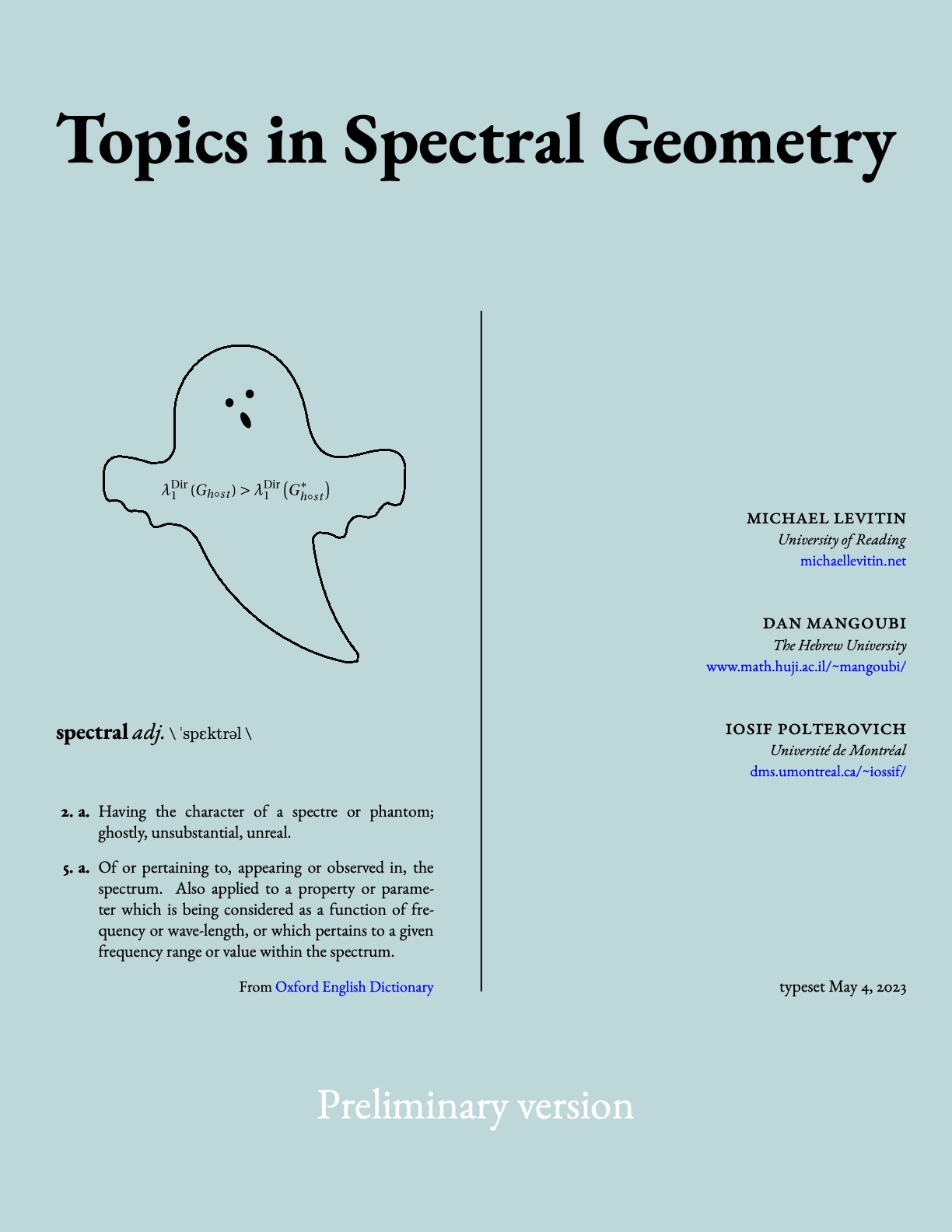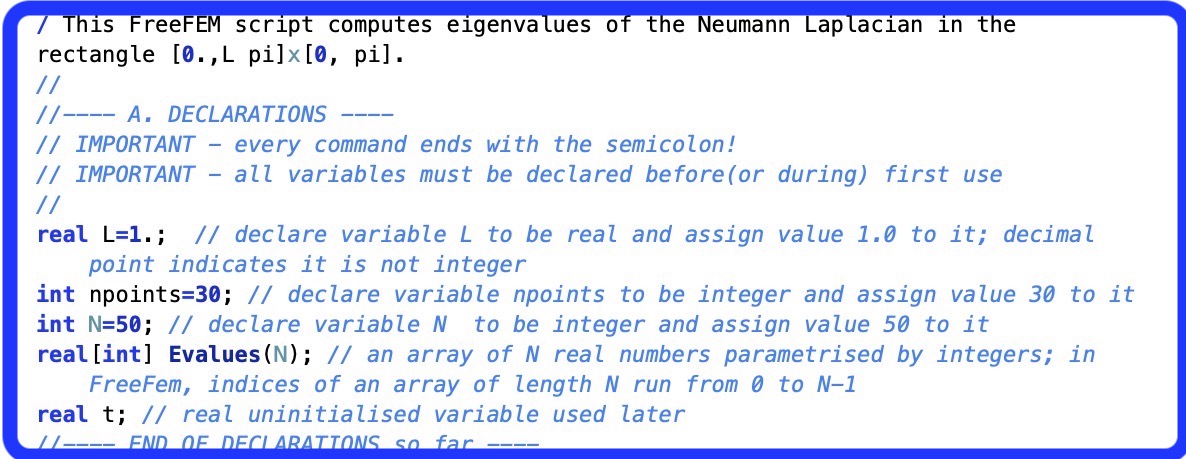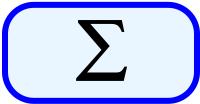Michael Levitin
michaellevitin.net
Topics in Spectral Geometry
AMS Graduate Studies in Mathematics series, volume 237
Michael Levitin, Dan Mangoubi, and Iosif Polterovich

From the Preface:
Various distinct physical phenomena, such as wave propagation, heat diffusion, electron movement in quantum physics, oscillations of fluid in a container, can be modelled mathematically using the same differential operator — the Laplacian. Its spectral properties depend in a subtle way on the geometry of the underlying object, e.g. a Euclidean domain or a Riemannian manifold, on which the operator is defined. This dependence — or, rather, the interplay between the geometry and the spectrum — is the main subject of spectral geometry.
The roots of spectral geometry go back to the famous experiments of the physicist Ernst Chladni with vibrating plates in the late eighteenth – early nineteenth century, as well as to the investigations of Lord Rayleigh on the theory of sound some decades later. The celebrated question of Mark Kac “Can one hear the shape of a drum?” motivated a lot of research in the second half of the twentieth century and helped spectral geometry to emerge as a separate branch of geometric analysis.
Modern spectral geometry is a rapidly developing area of mathematics, with close connections to other fields, such as differential geometry, mathematical physics, number theory, dynamical systems and numerical analysis. It is a vast subject, and by no means this book pretends to be comprehensive. Our goal was to write a textbook that can be used for a graduate or an advanced undergraduate course, starting from the basics but at the same time covering some of the exciting recent developments in the area which can be explained without too many prerequisites.
Click on the cover image or the following link to download a preliminary version (May 29, 2023) of the book, large (>11Mb) pdf file. Preliminary version(s) may differ significantly from the final publisher's version.
 Download Mathematica and FreeFEM scripts for Appendix А.
Download Mathematica and FreeFEM scripts for Appendix А.

